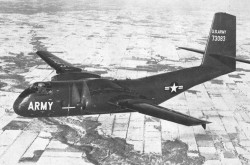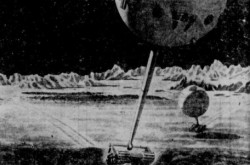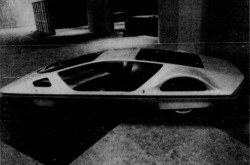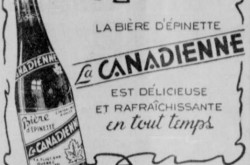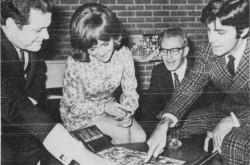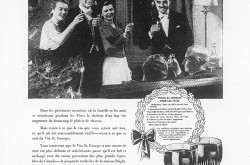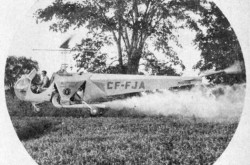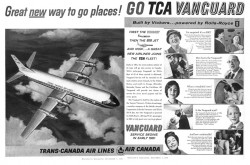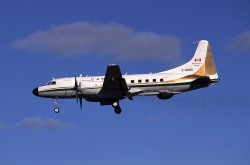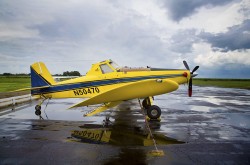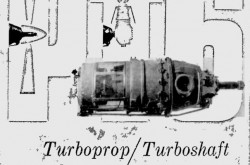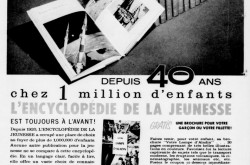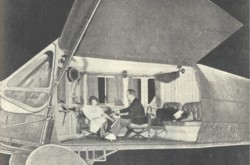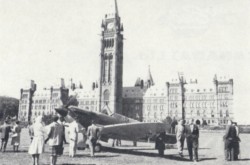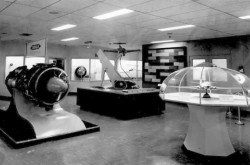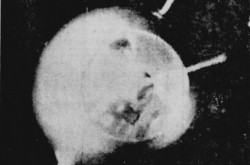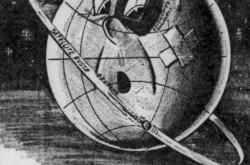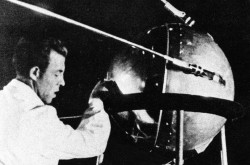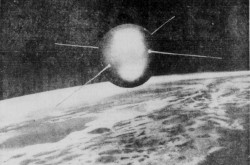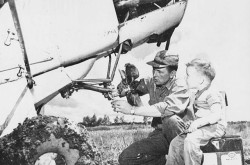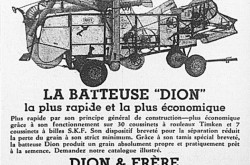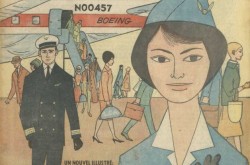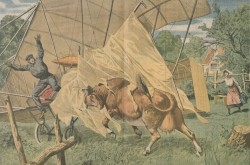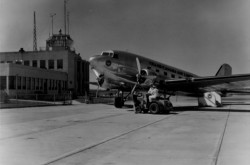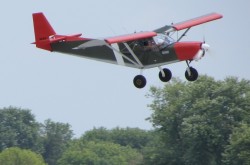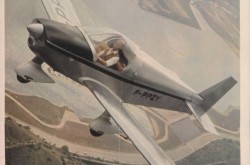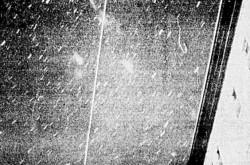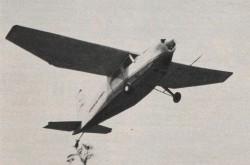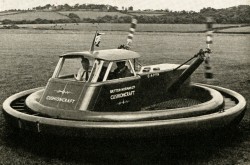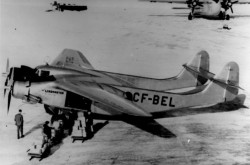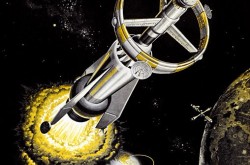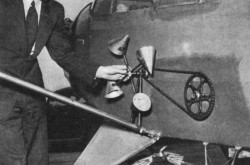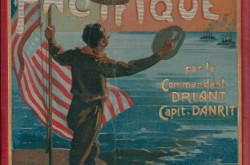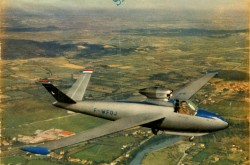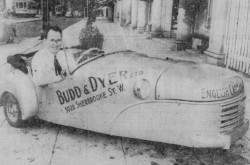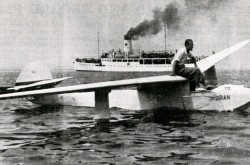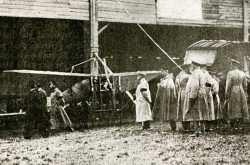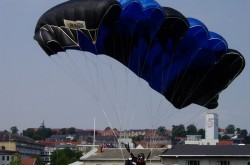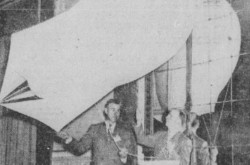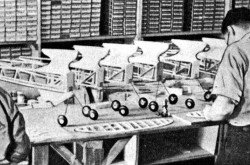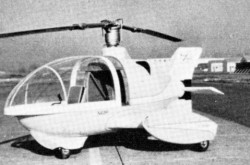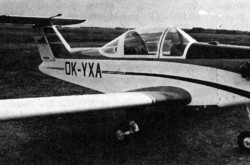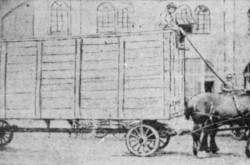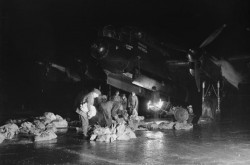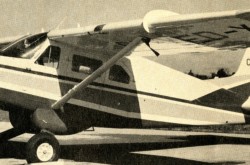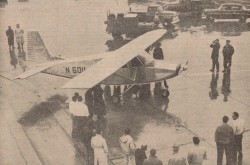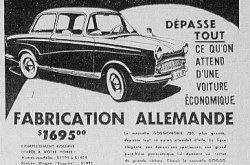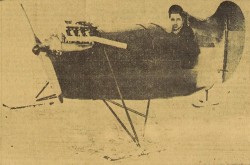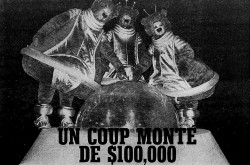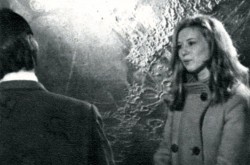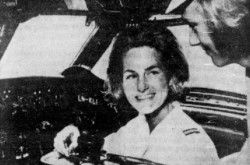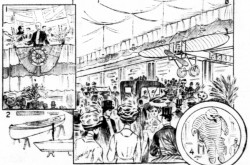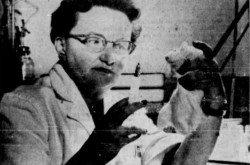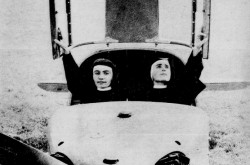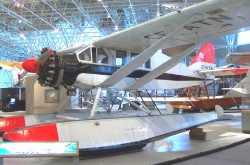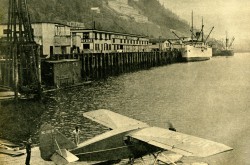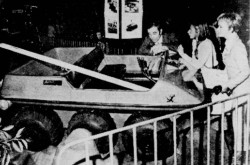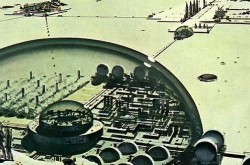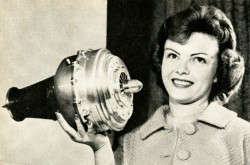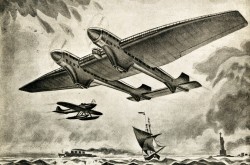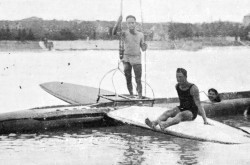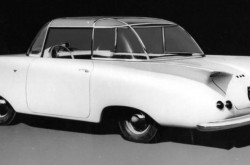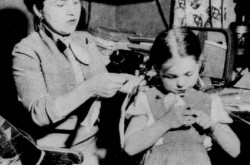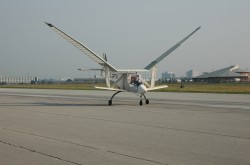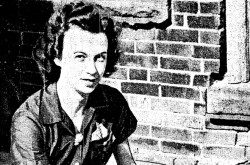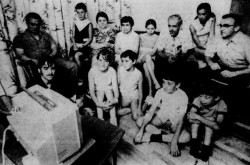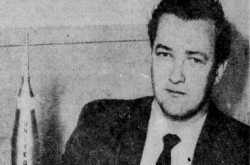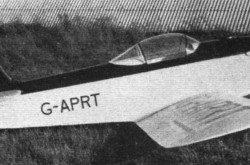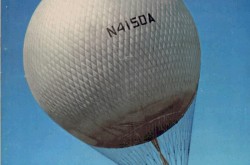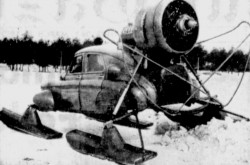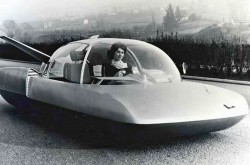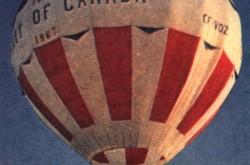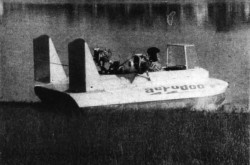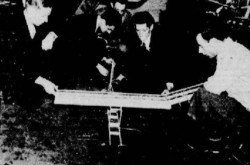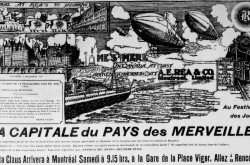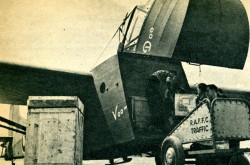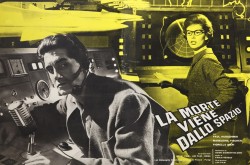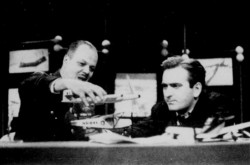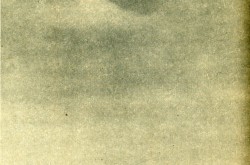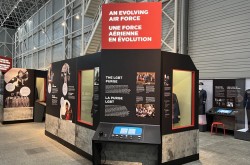A somewhat forgotten aspect of the history of No. 425 Squadron (Alouette), Part 1

Good day, my reading friend, and welcome to a special edition of our blog / bulletin / thingee. Three quarters of a century after the Normandy landings of June 1944, yours truly would like to highlight a somewhat forgotten aspect of the history of No. 425 Squadron (Alouette), Royal Canadian Air Force. Indeed, I intend to examine the 127-day period (1 May-5 September 1945) during which this famous unit received and used British-designed Avro Lancaster four engine heavy bombers made in Canada.
Formed at Royal Air Force (RAF) Station Dishforth, England, on 25 June 1942, No. 425 Squadron made its first sortie during the night of 5-6 October. It participated from then on in many bombing raids against National Socialist Germany. Created in spite of the opposition of certain high-ranking English speaking officers, this unit was the first official French-Canadian squadron of the RCAF, an air force modeled on the RAF. The Minister of National Defence for Air, Charles Gavan “Chubby” Power, the proud representative of a Québec riding, had for all practical purposes promised to create a French-Canadian squadron as early as November 1941.
The term “official” used above was / is of some importance. No. 18 (Bomber) Squadron, authorised in Montréal in September 1934, was mainly composed of French Canadians, even at the command level. Re-designated No. 118 Squadron in November 1937, this non-permanent / reserve unit could only count on a few small two seat training biplanes. Mobilised in September 1939, a few days before Canada entered the Second World War, No. 118 Squadron became a coastal defence artillery cooperation unit in October. It moved to St. John, New Brunswick, but had a sub unit in Halifax, then in Dartmouth, Nova Scotia. In November 1939, its crews received a few torpedo bombing and army cooperation aircraft, some of them thoroughly worn out. They used them to perform some coastal surveillance flights. No. 118 Squadron was disbanded in September 1940 without having seen any enemy.
Dare I say that this squadron was preceded by something equally interesting? Indeed, a Montréal militia unit, the 65e Régiment (Carabiniers Mont-Royal), today’s Fusiliers Mont-Royal, put together a more or less official balloon company that seemingly borrowed a few times, in 1911, the French gas balloon La Presse, as well as its pilot, Émile Barlatier, the sports editor of the Montréal daily La Presse, also of French origin. This somewhat ephemeral company, composed almost exclusively of French Canadians, was / is Canada’s first military air unit, but let’s go back to the main topic of our article.
In January 1943, No. 425 Squadron joined No. 6 Group, a force that included the Canadian bombing squadrons stationed in the United Kingdom. It left that country in May to go to Tunisia, where it flew between June and October. No. 425 Squadron rejoined No. 6 Group in November. It left Dishforth in December and settled at RAF Station Tholthorpe, England. No. 425 Squadron then relinquished its Vickers Wellington twin engine medium bombers in favour of Handley Page Halifax four engine heavy bombers. It again took part in numerous bombing raids against Germany. No. 425 Squadron made its final sortie with its Halifaxes on 25 April 1945.
In April 1945, No. 420 Squadron (Snowy Owl), the other RCAF squadron based at Tholthorpe and the sister unit of No. 425 Squadron, received its first Canadian-made Lancasters. The latter received its first aircraft of this type on the first day of May. Two other squadrons from No. 6 Group received Canadian Lancasters that same month. Three other squadrons had received such aircraft during the year 1944. Seven of the fifteen squadrons of No. 6 Group thus received Lancasters made in Canada in 1944-45.
Crews from No. 425 Squadron began formation flying with their brand new Lancasters starting 6 May. The next day, the aircrews and ground crews of Tholthorpe learned that Germany had surrendered unconditionally. No. 425 Squadron did not conduct any sorties with its Lancasters.
8 May was Victory in Europe Day. As you might expect, virtually all the staff at Tholthorpe slept in that morning. The aircrews and the ground crews then participated in an informal parade in one of the hangars. Catholic staff attended a mass in a hangar while their Protestant colleagues attended a religious service in the base’s cinema.
A victory dance party was held the evening of 8 May in that same cinema. When midnight sounded, virtually everyone joined in a line dance. The young soldiers and their female guests then went to a big bonfire. Many people danced “Indian style” until around 2 AM. Victory celebrations continued on 9 May. During the following days, aircrews ferried the Halifaxes of the squadron to RAF Station Rawcliffe so they could be scrapped.
This being said, training soon restarted. A crew made the first night flight aboard a Lancaster around 25 May, for example. All the crews on leave were gradually recalled to the fold. As the month of May ended, No. 425 Squadron could count on twenty Lancaster and 39 crews, all operational – an unheard of total for this unit. No. 425 Squadron prepared to cross the Atlantic to return to Canada. The crews studied the course to follow and made long flights over water. While Germany had been defeated, the Second World War was not over. Although assailed on all sides, Japan did not seem willing to surrender.
Anxious to support the United States in its offensive against Japan, the British Prime Minister proposed in September 1944 the transfer of a large part of the Commonwealth’s heavy bomber squadrons to the Pacific theater of operations as soon as this could be possible. Winston Leonard Spencer Churchill made his offer at the Second Québec Conference. American President Franklin Delano Roosevelt gratefully accepted it. The Very Long Range Bomber Force offered by Churchill was quickly dubbed Tiger Force.
Informed of what had happened by the British Government, Australia, Canada and New Zealand agreed to contribute a number of heavy bombing squadrons to this new force, whose strength varied over the weeks. Eight of the fifteen squadrons of No. 6 Group were eventually assigned to it, for example, along with two of the four bombing squadrons of the Royal Australian Air Force and the New Zealand bombing squadron of the RAF. The United Kingdom provided eleven of the twenty-two squadrons of the Commonwealth’s Very Long Range Bomber Force. Said force would be equipped with Lancasters and an improved version of this aircraft, the Avro Lincoln.
Given the long distances to be covered, the RAF seriously considered refuelling in mid-air the bombers of the Very Long Range Bomber Force – a world first in matters of aerial warfare.
In late May 1945, the American government informed its British counterpart that bases on the recently captured island of Okinawa were ready to accommodate several squadrons of Commonwealth bombers. Other bases would be prepared before long.
At some point in May, the commanding officer of No. 425 Squadron, Wing Commander Hugh Charles Ledoux, DFC, of Montréal, informed his people that their unit had been chosen to be part of the Very Long Range Bomber Force. This being said, service on that new force would be voluntary. Ledoux indicated that the aircrews who volunteered would fly to Canada within a month. No less than 40 percent of the personnel of No. 425 Squadron apparently volunteered for this new phase of the campaign against Japan.
Ready to leave the United Kingdom early in June, the aircrews of No. 425 Squadron who had volunteered remained grounded for nearly a week, the weather being too inclement. They met on the morning of 12 June for a briefing. The representative of the meteorological office had good news. The aviators smiled and noted the details of the flight. A counter order arrived at Tholthorpe as the Lancasters prepared for takeoff. The crews met the next morning for a new briefing. The meteorological bureau’s representative again had good news, and this time there was no counter order.
The first Lancaster, presumably flown by the brand new commander of No. 425 Squadron, Squadron Leader Lionel Palma Joseph Dupuis, Distinguished Flying Cross (DFC), of Ottawa, took off around 9 AM local time, under a beautiful sun, amid shouts of joy and the traditional thumbs up of the ground teams. Four other aircraft followed soon after. Dupuis had replaced Ledoux only a few days before. The latter had to start a two-year course at RAF Staff College.
Among the people who attended the departure one could probably see the commander of Tholthorpe, Group Captain Joseph Hector Lucien “Joe / Joe the Group” Lecomte, DFC, of Acton Vale, the highest ranking French-Canadian officer of the RCAF stationed in Europe. It should be noted that Lecomte commanded No. 425 Squadron between May and August 1944. He was then replaced by Ledoux.
Flight Lieutenant Gabriel “Gaby” Langlais sat aboard one of No. 425 Squadron Lancasters that took off on 13 June. He had as pilot Squadron Leader Joseph Roland Serge Yvan “Roley” Laporte, DFC and bar, an experienced Montréal officer who had more than 2 000 flying hours to his credit.
A journalist before the Second World War, Langlais had for function the writing of a report, typewritten in part on the small table of the Lancaster’s navigator. This RCAF external relations officer had been with No. 425 Squadron for a few months. While it is possible, if not probable that Langlais’ text was sent to most Québec daily and weekly newspapers, yours truly found it only in the 23 June issue of the Trois-Rivières daily Le Nouvelliste, as well as in the 20 July and 3 August issues of a Rimouski weekly, Le Progrès du Golfe. A slightly abridged version of Langlais’ text appeared in the 22 June edition of an important Montréal daily, La Presse.
The five aircraft of No. 425 Squadron began their Atlantic crossing with a number, perhaps fifteen, of Lancasters from No. 420 Squadron. Each aircraft may have carried two ground crew people in addition to its seven-man crew. The services of these passengers would indeed be required once the Lancaster returned home. No. 420 and No. 425 Squadrons were apparently among the last units of No. 6 Group to leave the United Kingdom, with the first Canadian Lancaster arriving in Canada on 2 or 3 June.
As he flew toward Canada, the wireless operator / gunner of Laporte’s Lancaster, Pilot Officer Jacques P. “Jack” Lamontagne of Montréal, relaxed the atmosphere by playing to his friends a series of waltzes by the famous Austrian composer Johann Strauss, apparently broadcasted by a British radio station.
The few words written in his logbook, shortly after takeoff, by one of the young aviators of No. 425 Squadron probably reflected very well the atmosphere that prevailed aboard all aircraft: “I feel happy and content. I thank the Good Lord and the Blessed Virgin for preserving me during my tour of operations and ask them to have a good trip.”
The twenty or so Lancasters from No. 425 and No. 420 Squadrons landed at RAF Station St. Mawgan, England, to refuel before going over the Atlantic. The crews then learned that they had in fact to spend the night there. Making the best of a bad situation, many aviators of No. 425 Squadron went to the nearby town of Newquay. It was in this picturesque seaside resort that they said goodbye to the United Kingdom. Aware of the fact that they had to get up early, the aviators of No. 425 Squadron returned early to St. Mawgan. They then realised that the administration of the base had assigned them to hut 13. This choice seemingly did not disturb their sleep too much.
When they woke up on 14 June, the aviators of No. 425 Squadron realised that it was only 4:30 AM, local time. They learned from the meteorological office representative that they had to take off two hours earlier than planned to avoid inclement weather that would ground them. The first Lancaster, an aircraft of No. 420 Squadron perhaps, took to the sky around 6:30 AM, local time. Despite the Sun, it was with some emotion that the Canadian crews saw the British Isles, their home for a long time and a place where they have lived extreme experiences, disappear.
Sitting in the nose of the Lancaster piloted by Laporte, Langlais typed his impressions of the flight. The aircraft went through rain clouds. Shortly after, Langlais contacted Laporte through the internal communication system. “Skipper,” he said, “when you fly in the clouds, it makes the nose of the aircraft run.” The latter retorted, laughing: “Wipe it, old man, I cannot do anything about it.”
After several hours of flying, during which they covered a distance of approximately 2 600 kilometres (1 600 miles), the twenty or so Lancasters of No. 420 and No. 425 Squadrons landed safely at RAF Station Lagens, today’s Lajes, on the island of Terceira, in the Portuguese archipelago of the Azores.
Canadian aviators were surprised to see walk by an American singer very popular with the ladies. Francis Albert “Frank” Sinatra was a member of a United Service Organization team traveling to Europe to entertain the troops stationed there. Their airliner, in all likelihood a Pan American World Airways Incorporated Boeing Model 314 flying boat, had made a stopover in the Azores before continuing its journey. By the way, Sinatra and the artists who accompanied him performed for the personnel at Lagens in early June. They also performed at least twice in Newfoundland, including once at RCAF Station Gander, early in the month.
The Canadian aviators spent a few hours walking, eating and resting while waiting for takeoff, very early in the morning of 15 June.
Shortly after the briefing session, soon after midnight, as the Lancasters began to taxi to the runway, the pilot of one of them, Pilot Officer J.T.G. Hallé, was blinded by the dust and sand projected by the propellers of the aircraft. The propeller of one of his engines touched the rear of the Lancaster piloted by Flight Lieutenant M.C. Chappel, which was in front of him. Hallé immediately cut the engines and ordered his crew to evacuate the aircraft. One of the men launched a red rocket to report the accident. An emergency team rushed to the scene. With infinite caution, it removed the tail gunner, Sergeant William Holowathy of Rochester, Alberta, from his turret. The emergency team also treated a second wounded person. Meanwhile, the ground crews towed the two damaged Lancasters off the runway. The crews of these aircraft, completely dismayed, returned to the hangars in trucks.
The Lancasters of No. 420 Squadron and two of the five aircraft of No. 425 Squadron took off only around 4:30 AM, local time. As commander of No. 425 Squadron, Dupuis remained in Terceira with his crew to settle the details of the accident. Tragically, Holowathy died of his wounds on 18 June. This young man was the last loss of life of No. 425 Squadron and No. 6 Group during the Second World War.
Chappel and his crew apparently returned to Canada on 18 June. Their Lancaster being more seriously damaged, Hallé and his crew returned home around 18 July. Bad weather forced them to land at the United States Navy’s Naval Air Station Argentia, Newfoundland. The Lancaster then flew on to Canada. Yours truly does not know when Dupuis and his crew returned home.
For Langlais and the crew of the Lancaster piloted by Laporte, as well as their comrades, the flight toward the next stop of their journey, RCAF Station Gander, was no longer as happy as it had been. As the Lancasters of No. 420 and No. 425 Squadrons arrived over Newfoundland, the crews were informed that they could not land in Gander because of inclement weather. Instead, they had to go to RCAF Station Moncton, New Brunswick. One Lancaster of No. 420 Squadron nevertheless landed in Gander for one reason or another.
Laporte and his crew saw the Canadian coast at about 10:30 AM, local time, after about eleven hours of flight. The staff at Moncton informed the Lancaster crews that they had to land elsewhere, again because of bad weather. They now had to go to RCAF Station Scoudouc, New Brunswick.
The Lancasters emerged from the clouds as they flew over the Gulf of St. Lawrence. The sun and sea were beautiful. The coast of New Brunswick was just as beautiful. The crew of the first Lancaster that landed in Scoudouc, after a journey of about 3 500 kilometres (2 200 miles), was greeted with indescribable enthusiasm. Forgetting every safety rule, many people rushed to the Lancaster and hugged the aviators as soon as they stepped off the aircraft.
It should be noted that the formation of Lancasters which arrived at Scoudouc on 15 June may have included an aircraft from No. 431 Squadron (Iroquois), RCAF.
Laporte and his crew landed around noon, local time. Their Lancaster was the penultimate of the formation to touch the ground. If the marching band present for the first landings had packed its bags some time before, the staff of Scoudouc was still enthusiastic. It nevertheless had to recognise that Laporte and his crew were tired – and hungry. The No. 420 Squadron Lancaster which had landed at Gander arrived in Scoudouc later during the day.
After a good meal, the crews of the No. 420 and No. 425 Squadrons learned that they had to get prepared immediately to undertake their month of leave. The fatigue of the last hours disappeared. Frantic preparations began. At 10 PM, the last of the aviators was aboard the train that would bring them home.
The other Lancasters of No. 425 Squadron, fifteen or so apparently, left Tholthorpe on 14 June. They also landed at St. Mawgan, to refuel before going over the Atlantic. Indeed, the crews spent the night at that location. On 15 June, they flew to the Azores and also spent the night at Lagens, on the island of Terceira. The Lancasters took to the sky on 16 June toward Gander. They refueled there before taking off toward Scoudouc. The crews of No. 425 Squadron arrived in Canada during the evening. They also undertook their month of leave.
The No. 425 Squadron ground crews and aircrews who did not cross the Atlantic by air arrived in Canada in June and July. One only needs to think about Flight Sergeant J.G.R. Collette, of Saint-Hyacinthe, who arrived home a little after mid-June aboard the French ocean liner Ile de France, with eight thousand other Canadian military people. The article to that effect in Le Courrier de St-Hyacinthe of 29 June is the only one in which yours truly found any reference to the training of the RCAF bomber squadrons in Nova Scotia before their participation in the campaign against Japan.
The 30 June 1945 issue of Radiomonde contained a text whose incendiary style was quite typical on the arrival on Canadian soil of the Lancasters of No. 425 Squadron. On 22 June, said the chief editorialist of this Montréal weekly, René O. “Rob” Boivin, the arrival in Montréal of six hundred French-Canadian military people went more or less unnoticed. “A few days ago, members of Alouette squadron arrived home after a brilliant epic. Again, no official reception by the city. A simple piece of news on page 17 of our newspapers, a pompous and lousy piece of gossip on our airwaves.”
This being said, some aviators of No. 425 Squadron were greeted with great pomp by their fellow citizens. Just think of Warrant Officer 2nd Class Roland Beaudoin of Sherbrooke, yours truly’s hometown. He was received at the Social Club de Sherbrooke. Four members of this pilot’s crew were present: Flying Officers Ronald “Ronnie” Brown, of Sainte-Anne-de-Bellevue, bomb aimer, and François Guy Savard, of Montréal, navigator, as well as Flight Sergeant René “Curly” Lafrance, of Montréal, tail gunner, and Warrant Officer 2nd Class Émile Lemay, of Québec, wireless operator / gunner.
Members of No. 425 Squadron captured during hostilities were also returning to Canada. Heavily affected by the deprivation of a captivity that seemed endless, these young aviators first spend time in reception centers in the United Kingdom. Their morale improved considerably.
Control of No. 6 Group was transferred to RCAF Eastern Command on 14 July (Vive la France! Sorry.) to reorganise and prepare the squadrons that would join the Commonwealth’s Very Long Range Bomber Force. Its commander remained in Ottawa until his headquarters in Halifax, Nova Scotia, was completed. By then, ground crews might had begun to paint some Lancasters white, for service with the Commonwealth’s Very Long Range Bomber Force.
Assigned to RCAF Station Debert, in the same province, along with three other Canadian squadrons of the Very Long Range Bomber Force, No. 425 Squadron prepared for the great journey to the Pacific that was awaiting it shortly. It constituted No. 663 Wing, based at Debert, with its sister unit, No. 420 Squadron. This being said, the crews apparently made very few training flights. They were, however, informed that they would relinquish their Lancasters in favour of an upgraded version of the aircraft known as the Avro Lincoln. It should be noted that Lecomte became commander of Debert around June 1945.
If you have no objection, my reading friend, I will temporarily interrupt the thread of this story. I invite you to seize it a second time next week.


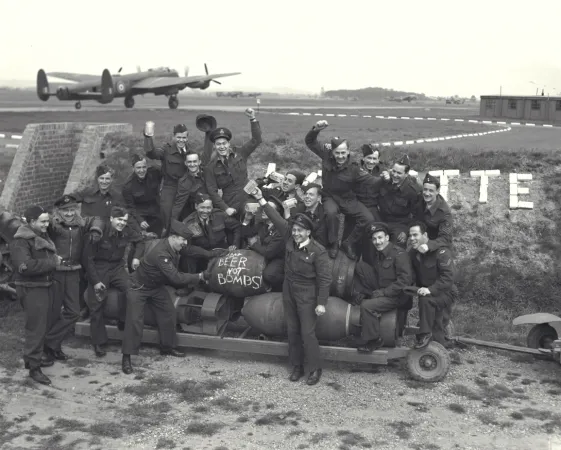


































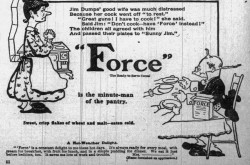
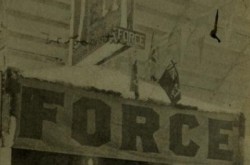
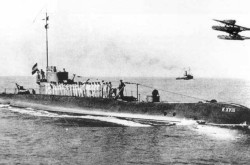
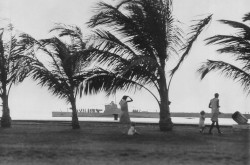
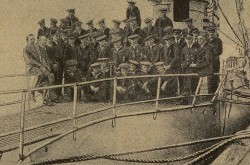
![A block of photographs showing some of the people involved in the bombing of beluga whales in the estuary and gulf of the St. Lawrence River. Anon., “La chasse aux marsouins [sic]. » Le Devoir, 15 August 1929, 6.](/sites/default/files/styles/thumbnail_7/public/2024-09/Le%20Devoir%2015%20aout%201929%20page%206.jpg?h=584f1d27&itok=TppdLItg)
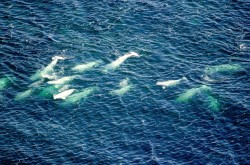
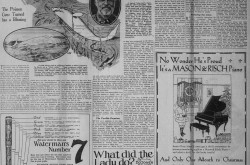
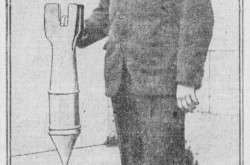
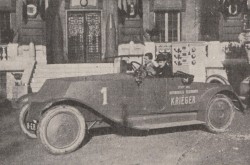
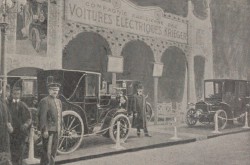
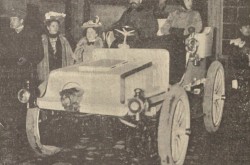
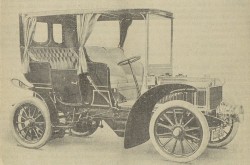

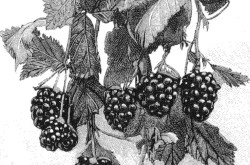
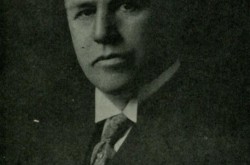
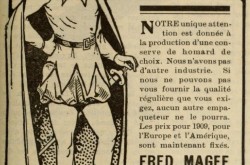
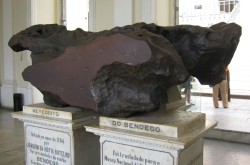
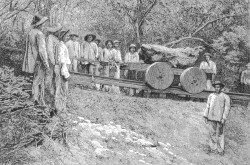
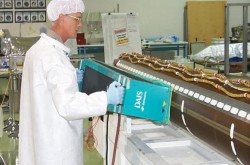
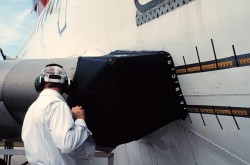
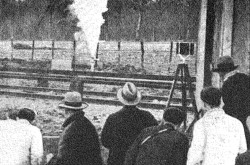
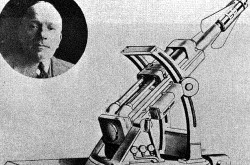
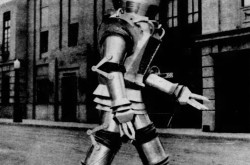

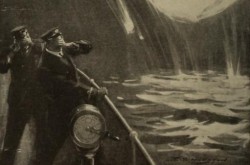
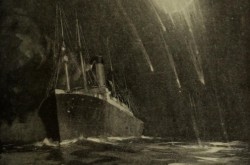
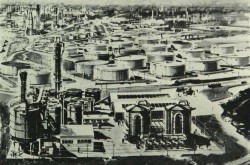
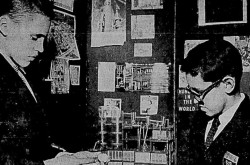
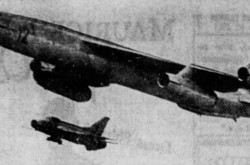
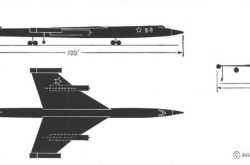
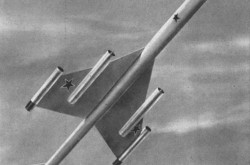
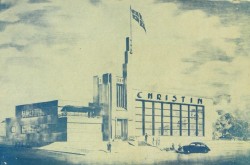
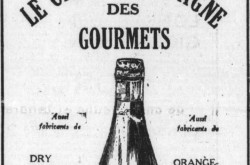
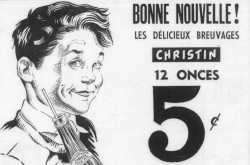
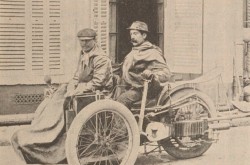
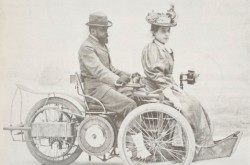
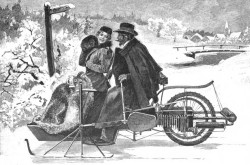
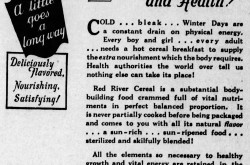
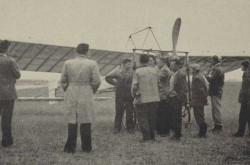
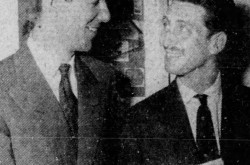
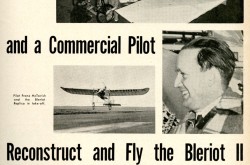
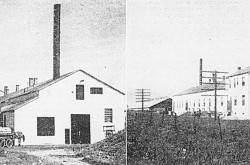
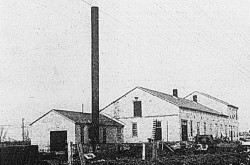
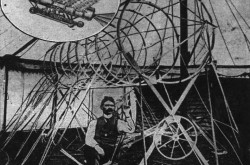
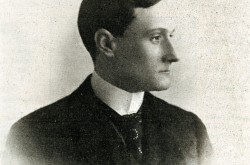
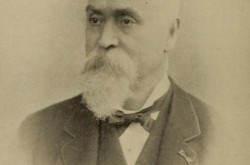
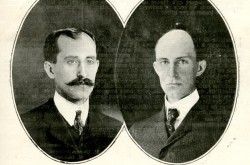
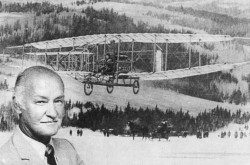
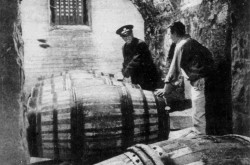
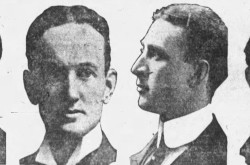
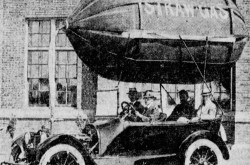
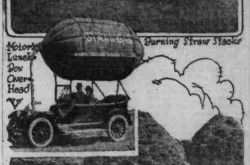
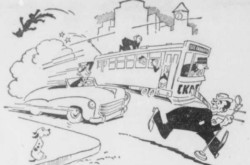
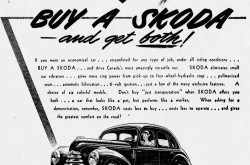
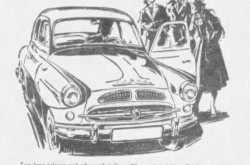
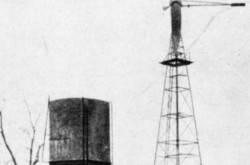
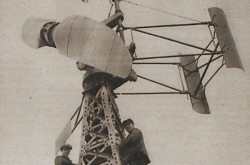
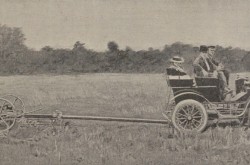
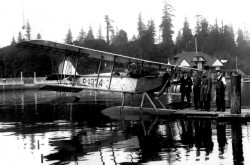
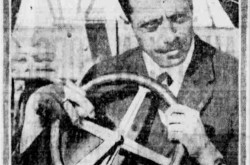
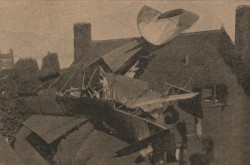
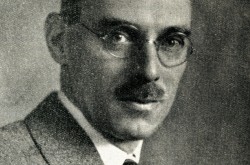
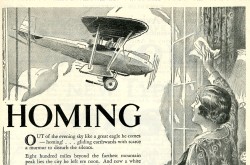
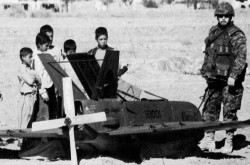
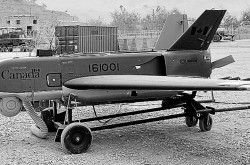
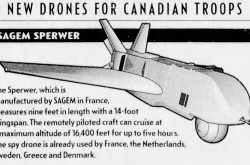
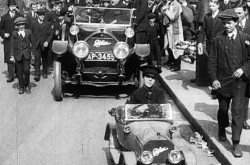
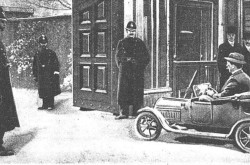
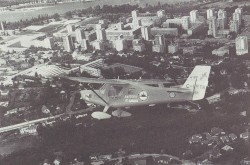
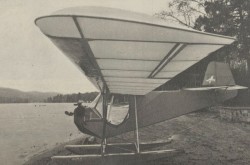
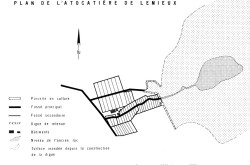
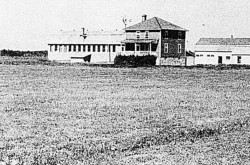
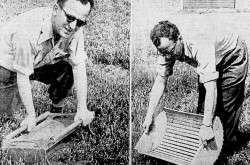
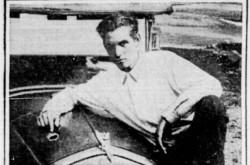
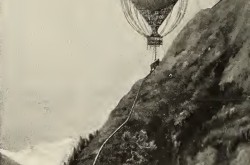
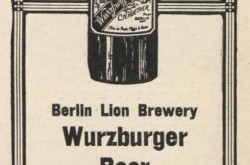
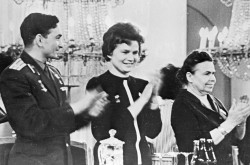
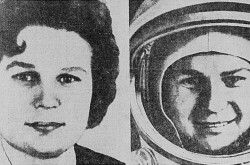
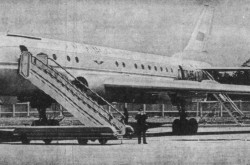
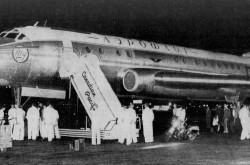
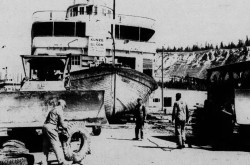
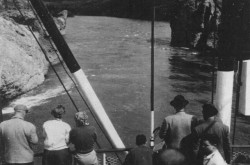
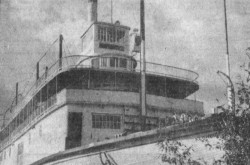
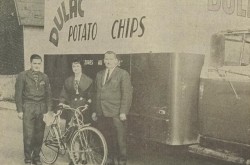
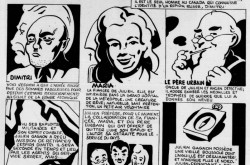
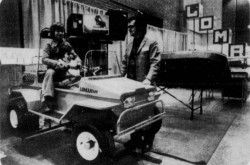
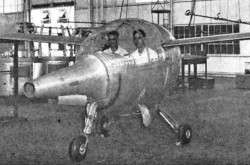
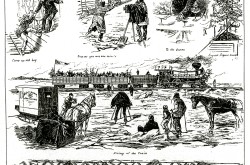
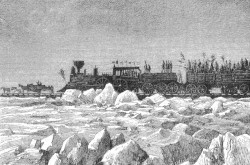
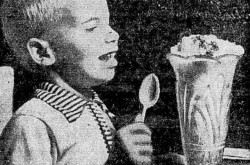
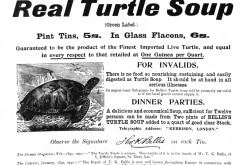
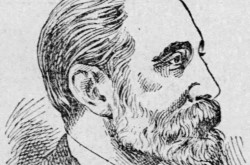
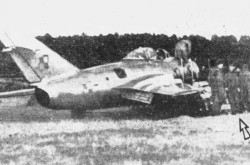
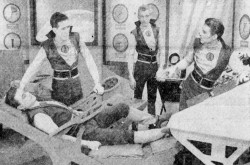
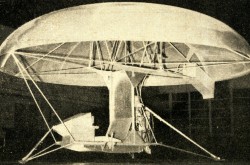
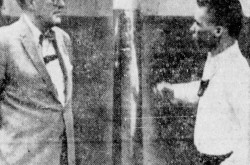
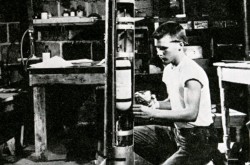
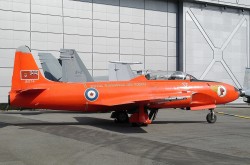
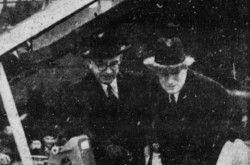
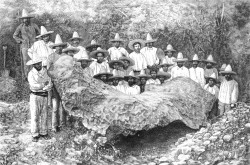
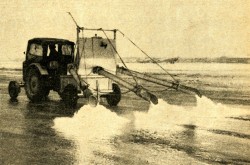
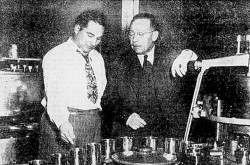
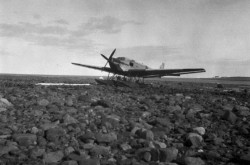
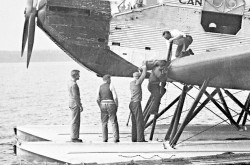
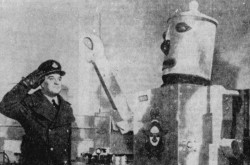
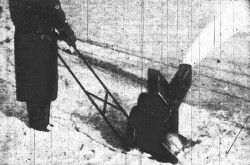
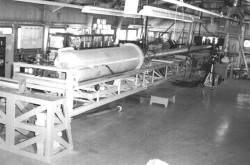
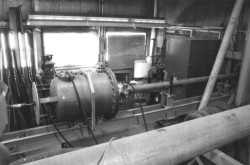
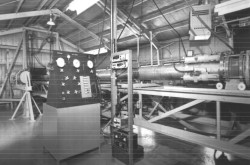
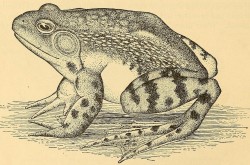
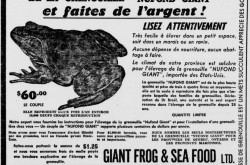
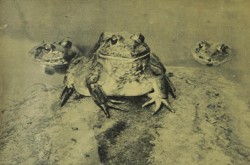
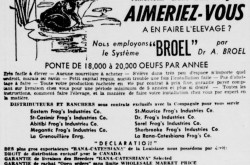
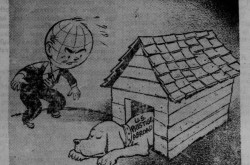
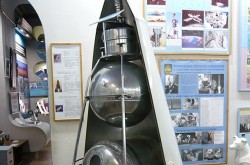
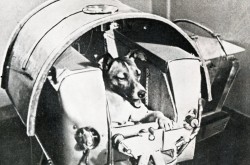
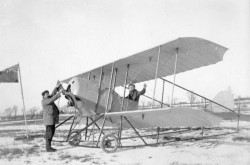
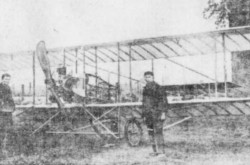
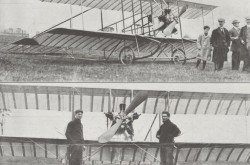
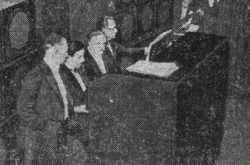
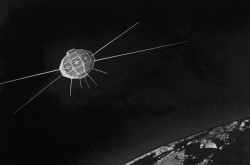
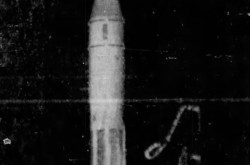
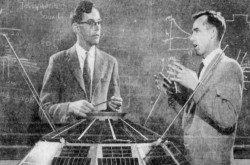
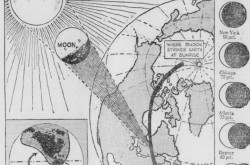
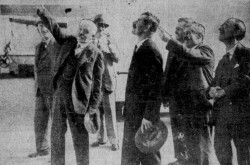
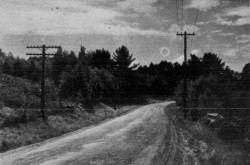

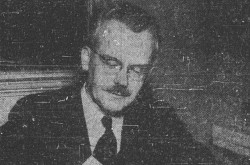
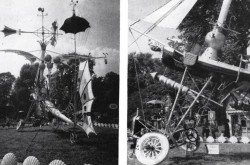
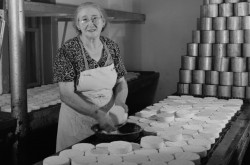
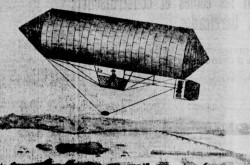
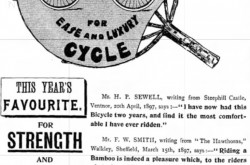
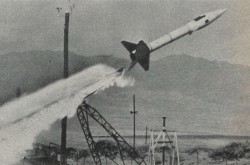
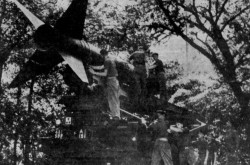
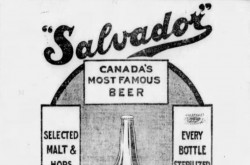
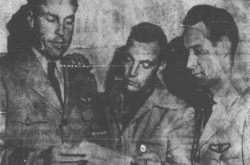
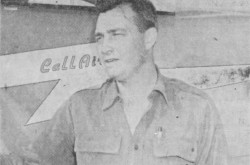
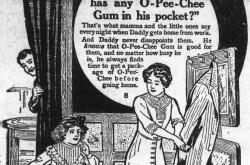
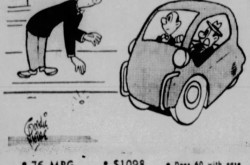
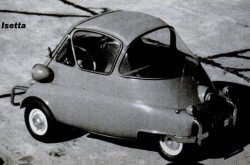
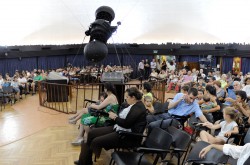
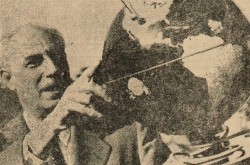
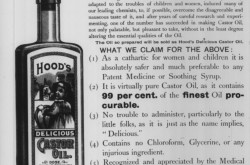
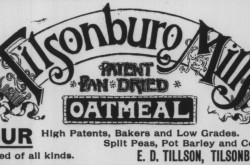
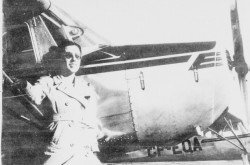
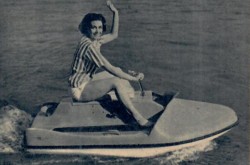

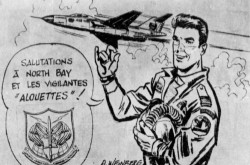
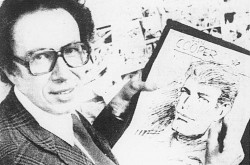
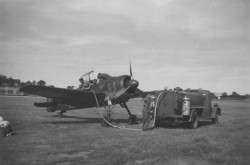
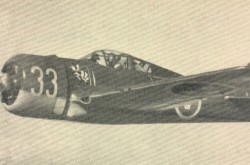
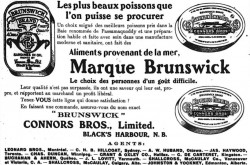
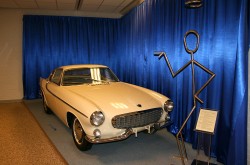
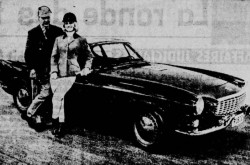
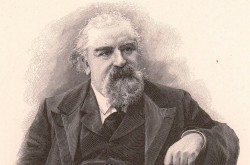
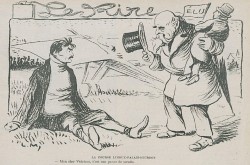
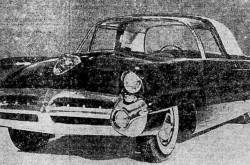
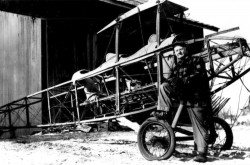

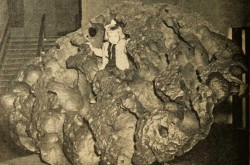
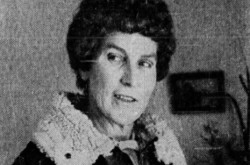
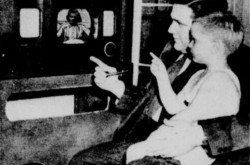
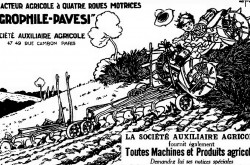
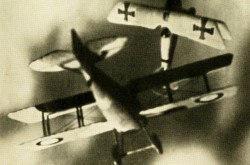
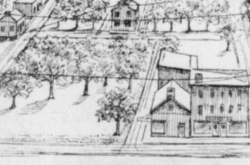
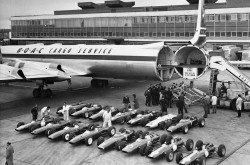
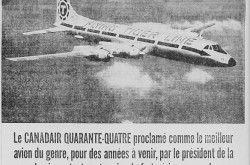
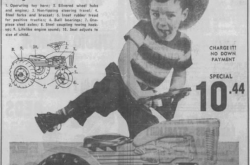
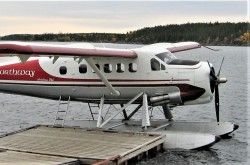
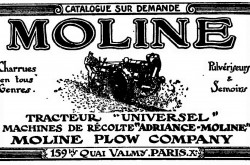
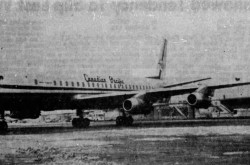
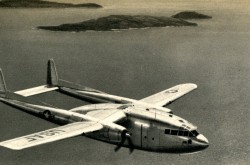
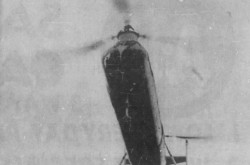
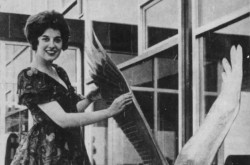
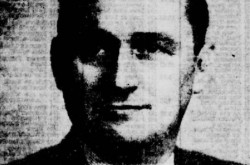
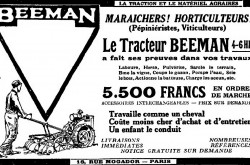
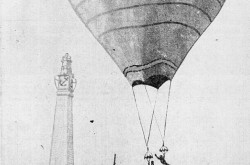
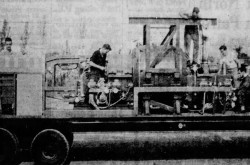
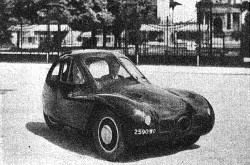
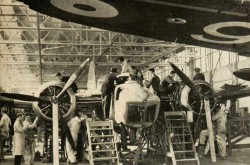
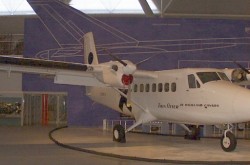
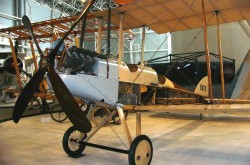
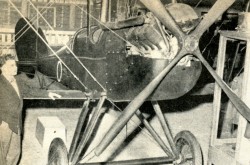
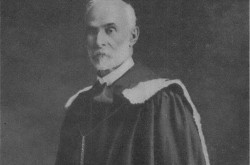
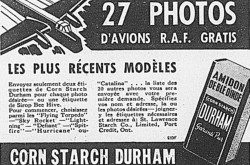
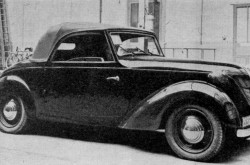
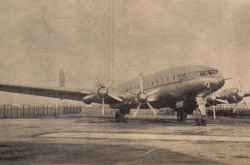
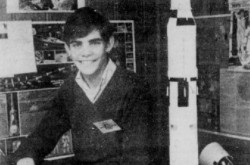
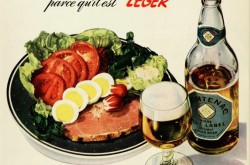
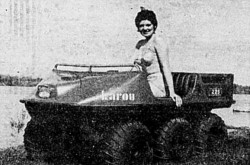
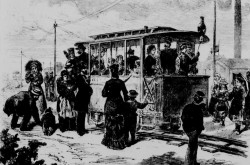
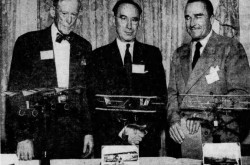
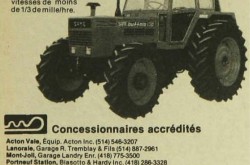
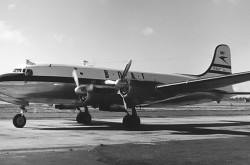
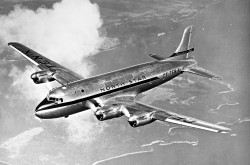
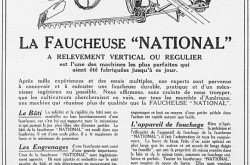
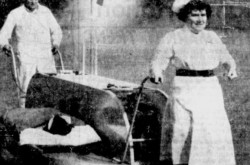
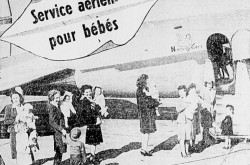
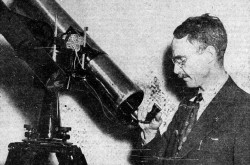
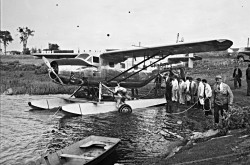
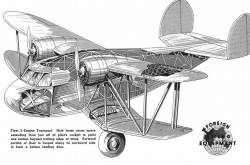
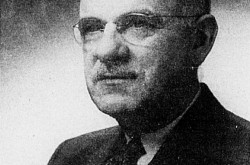
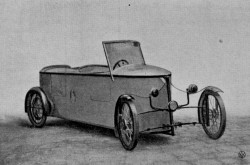
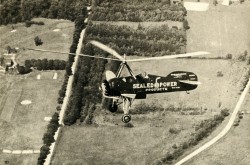
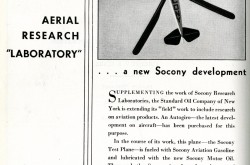
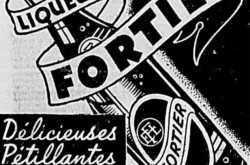
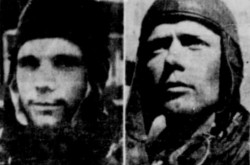
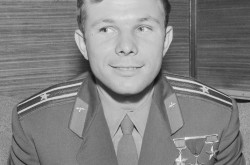
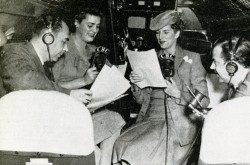
![Peter Müller at the controls [sic] of the Pedroplan, Berlin, Germany, March 1931. Anon., “Cologne contre Marseille – Le mystère du ‘Pédroplan.’ [sic]” Les Ailes, 2 April 1931, 14.](/sites/default/files/styles/thumbnail_7/public/2021-04/Les%20Ailes%202%20avril%201931%20version%20big.jpg?h=eafd0ed4&itok=WnBZ5gMf)
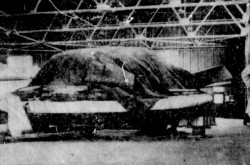
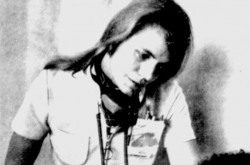
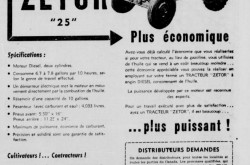
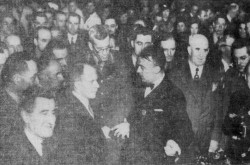
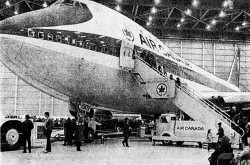
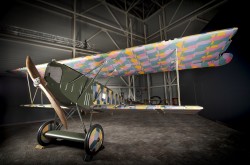
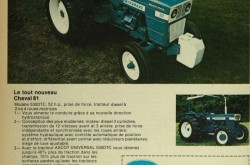
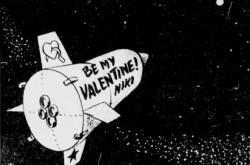
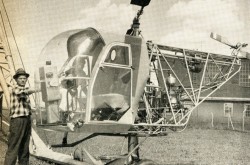
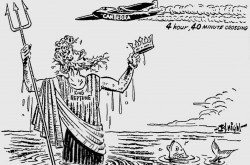
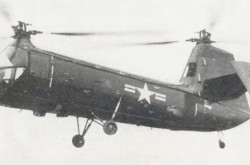
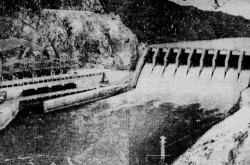
![One of the first de Havilland Canada Chipmunk imported to the United Kingdom. Anon., “De Havilland [Canada] DHC-1 ‘Chipmunk.’” Aviation Magazine, 1 January 1951, cover.](/sites/default/files/styles/thumbnail_7/public/2021-01/Aviation%20magazine%201er%20janvier%201951%20version%202.jpg?h=2f876e0f&itok=DM4JHe5C)
